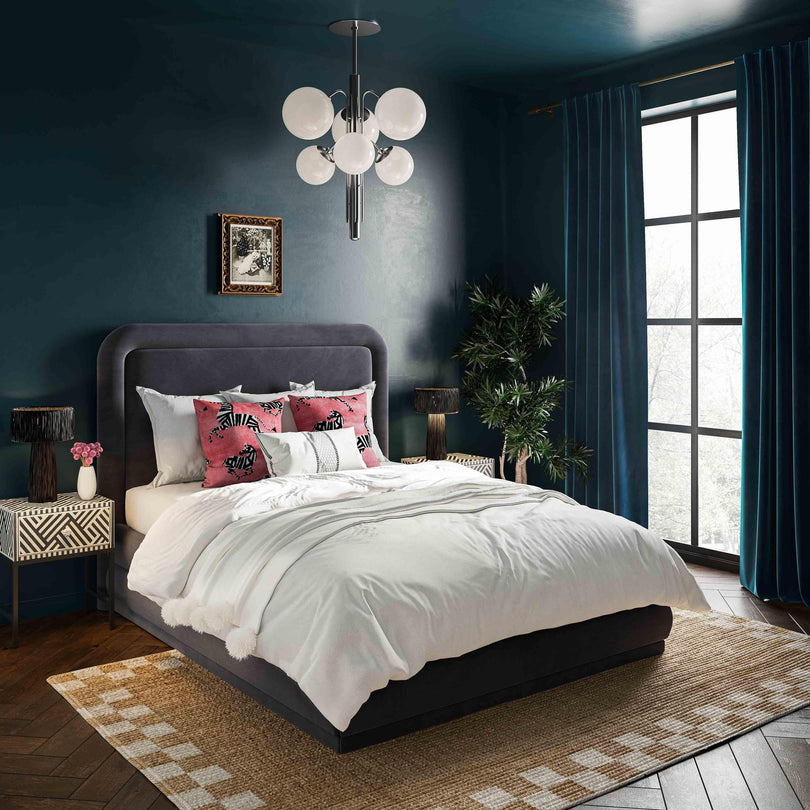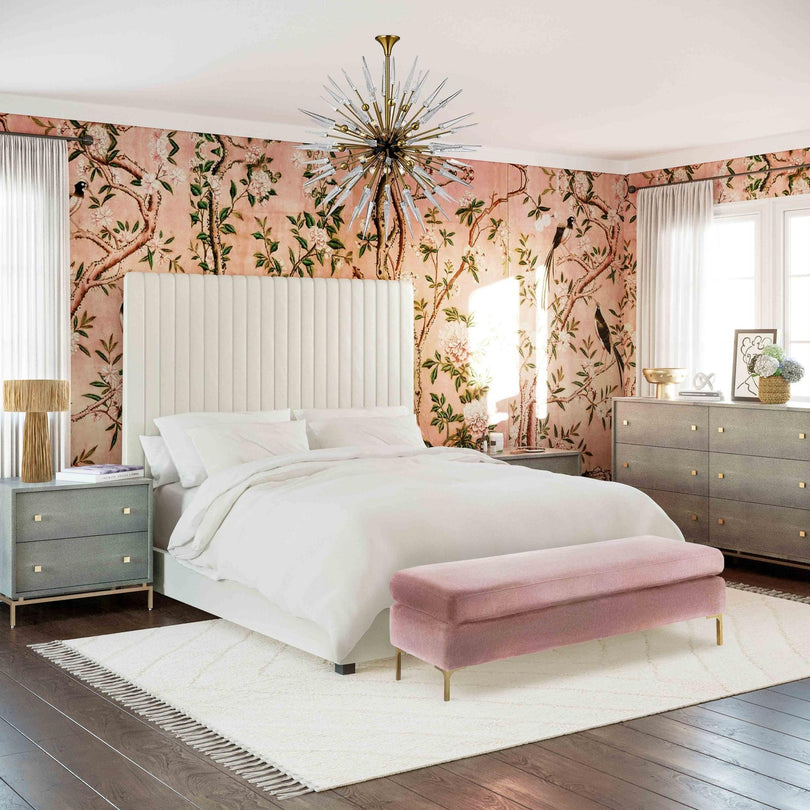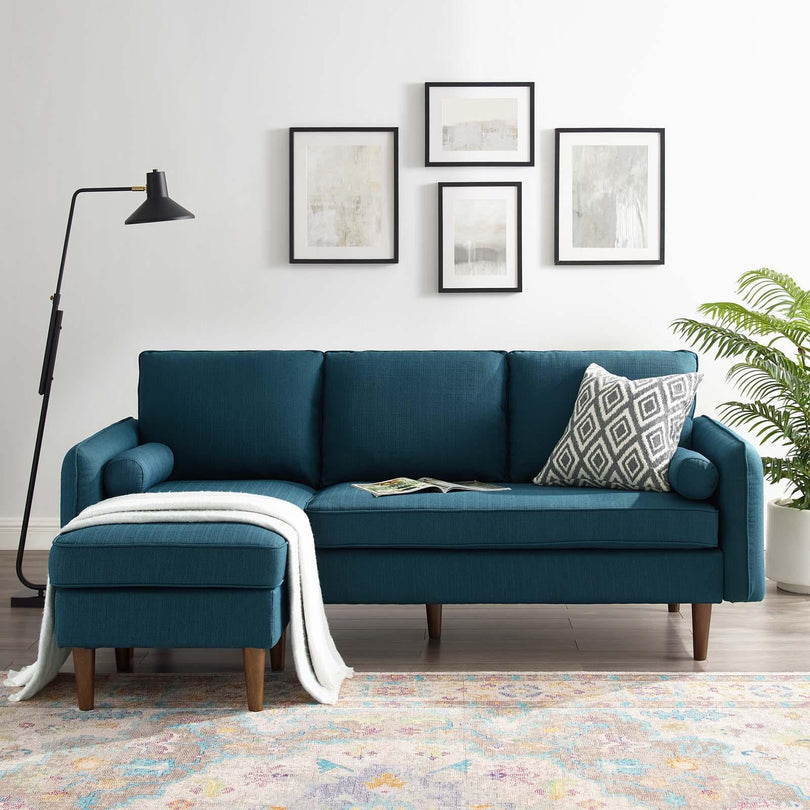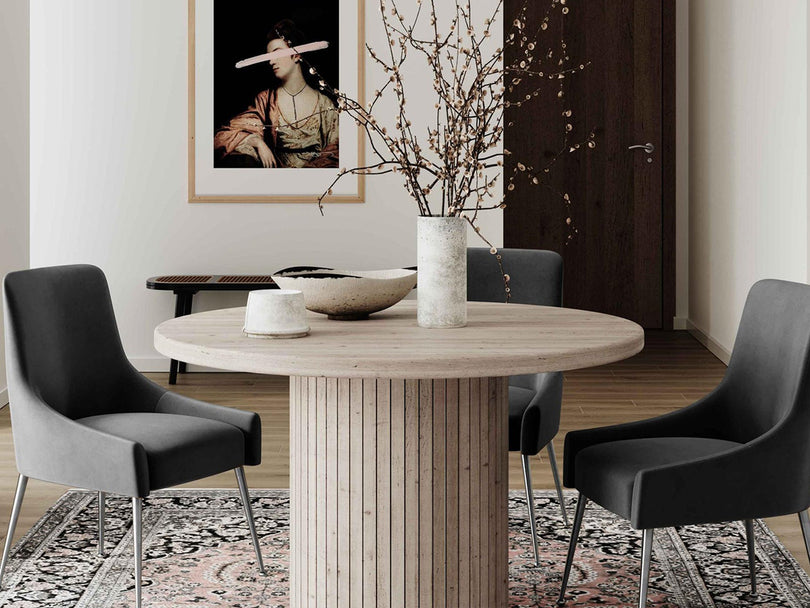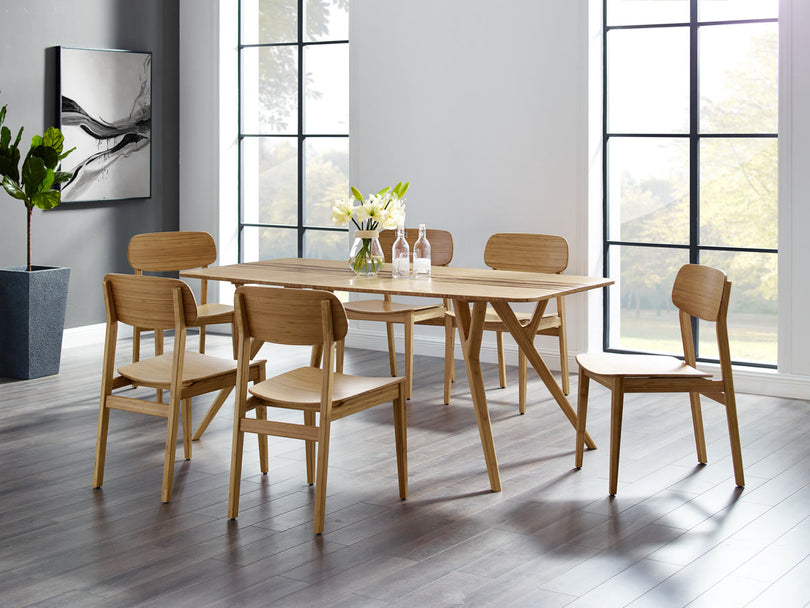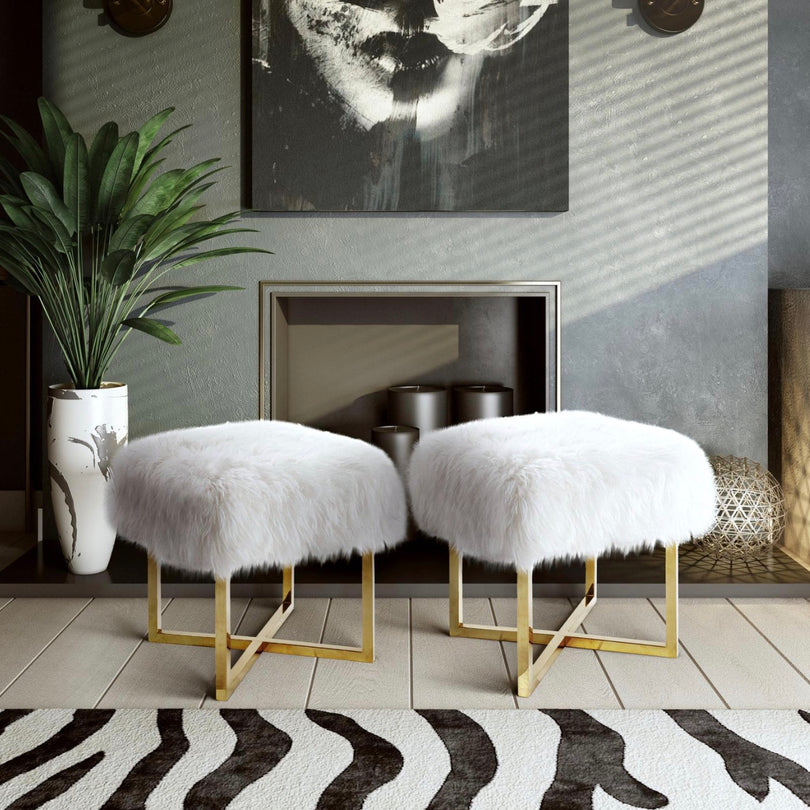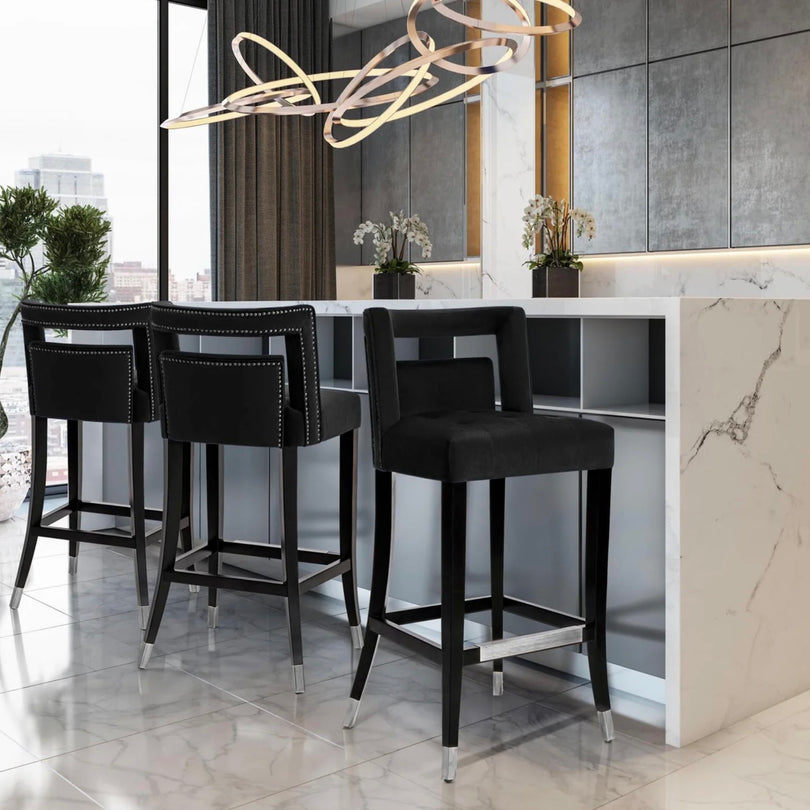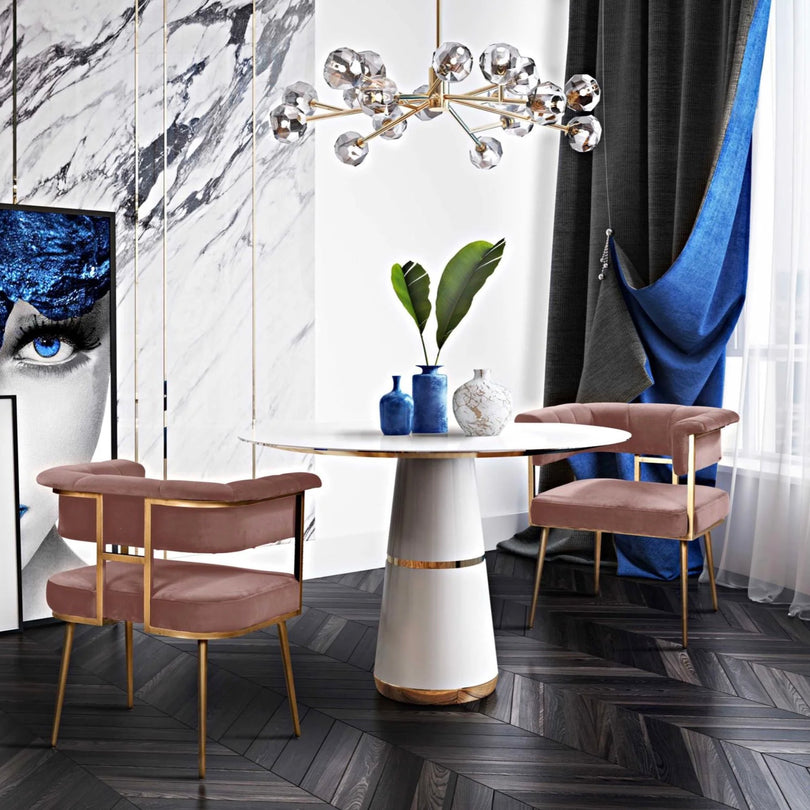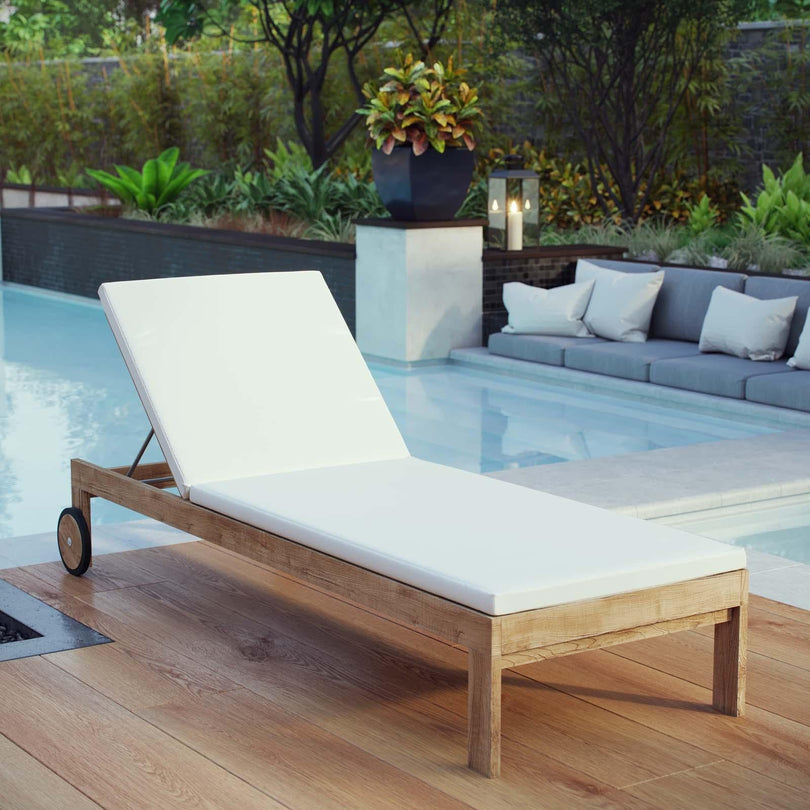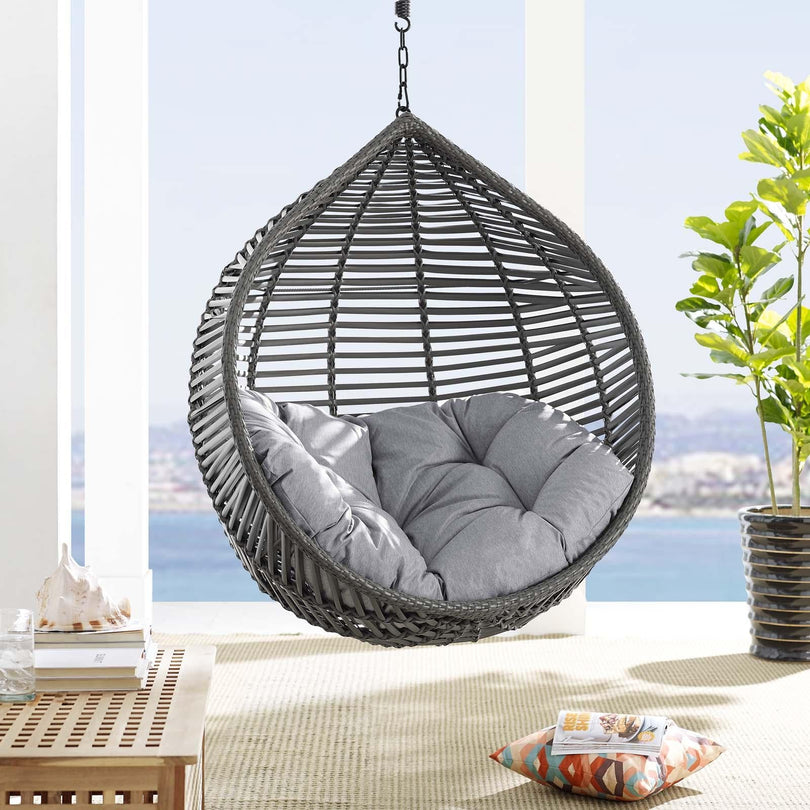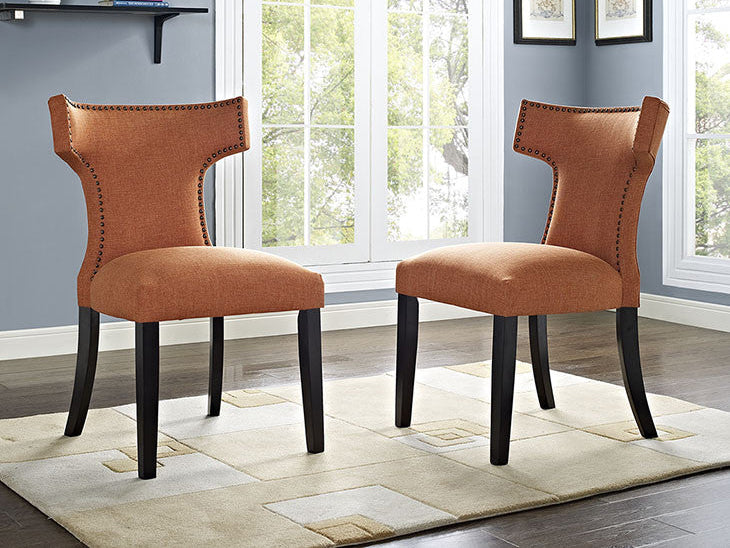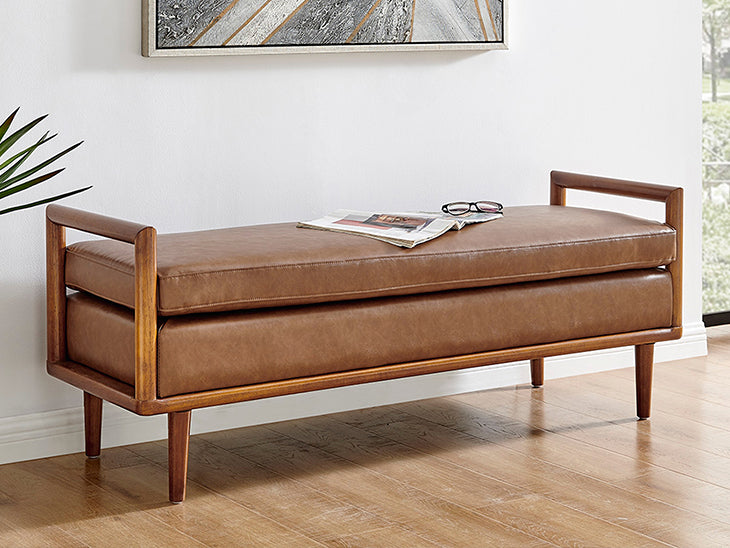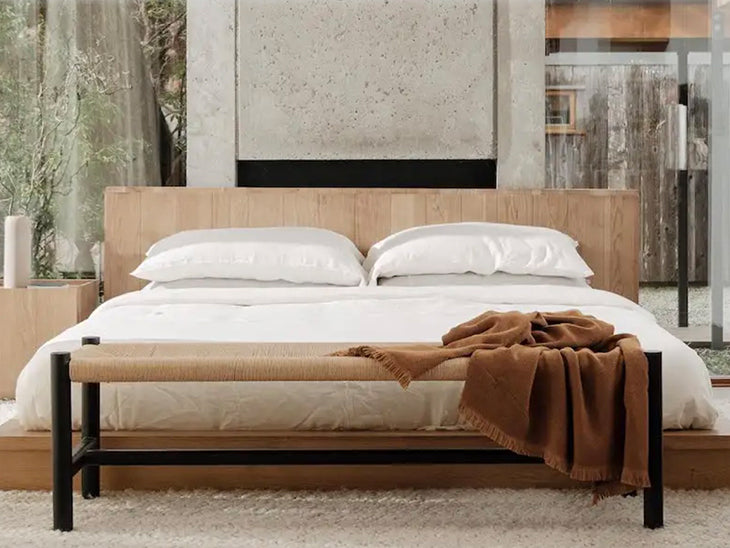Step into 2024 and lift the veils from the world of furniture trends, courtesy of your guide to minimalist furniture fashions. Amidst the lively hustle of our daily lives, a burgeoning love for simplicity and clean lines has emerged. It's not just an aesthetic appeal, but an embodiment of our desire for peace, efficiency, and uncluttered spaces.
As we stand on the precipice of this transformation, it's time to explore the ripples of this phenomenon across the global furniture market for 2024. What's even more exciting is that the minimalist trend isn't exclusive to homeowners. Enterprises and industrial sectors are also edging towards hence suave designs and thrilling innovation.
Join us on this exploratory journey where we delve into the forecasted growth in the furniture market, notable country-specific forecasts, and projections for the furniture industry. Goodbye, antiquated décor and say hello to sleek, minimalist furnishings that capture the essence of the future!
Global Furniture Market Forecast for 2024
The horizon of the global furniture market is brimming with soaring prospects. As anticipation builds up, it's time to cast the spotlight on what experts forecast to be a genuinely transformative era in this industry. Through a careful examination of projected growth rates, expected market values, and trends underpinning these predictions, we can decode the future of the furniture market.
Projected Growth
The growth of the global furniture market is no longer a speculation but a palpable reality. According to leading market estimates, an exceptional journey awaits us. The industry is projected to sail to the stratospheric heights of USD 482,475.91 million by 2024. Indeed, this is not just another market forecast but a testament to the industry’s resilience and adaptivity.
To add context to these numbers, let's dive deeper into the driving forces behind this anticipated growth:
- Increasing Purchasing Power: It's imperative to note that 63% of surveyed retailers predict steady or even increasing home furnishing purchases in 2024. With consumer demands changing and the growing penchant for quality over quantity, retailers are bracing for a surge in furniture sales.
- Rising Costs: Keeping up with rising costs is a part and parcel of the growing economy. Notably, 70% of respondents have predicted an average growth of 5.9% in labor and benefit costs in 2024—the labor-intensive nature of furniture making significantly attributes to this rise.
Expected Market Value in 2024
Navigating through the complexities of the global furniture market demands understanding its potential worth. Experts forecast that the market value is bound to swell up to an astounding USD 482,475.91 million in 2024. An impressive figure indeed; a cue for stakeholders to brace up and seize the smorgasbord of opportunities awaiting in 2024.
An unscrambling of these numbers indicates a stunning development for the industry. Notably, it marks an emphatic assertion of the global furniture industry’s rising stock in the global economic arena.
With these tumbling statistics laying the groundwork for the upcoming years, it's beyond doubt that the global furniture market is on course for a bright and buoyant future. Preparing for these changes and adapting to the market's evolving realities is pivotal to harnessing the enormous potential that the future holds.
Furniture Enterprises Forecast
As the future unfolds, it's increasingly clear that the furniture industry plays a crucial role in our changing world. Renowned for its creativity and innovativeness, this industry continues to see a rise in the number of enterprises. However, what does the future hold for furniture enterprises? Let's explore the forecasts!
Number of Enterprises Forecast
As the saying goes, "the numbers don't lie." Data projections indicate that the number of firms in the furniture market is expected to reach an impressive 0.35 million by 2024. This growth signifies not only the rich potential of this industry but also the increasing consumer demand for unique and quality furniture products. Whether it's the local carpenter or the big-box retailers, each player adds unique value and strengthens the fabric of the furniture industry.
Projected CAGR
Now, let's delve into another integral metric: the Compound Annual Growth Rate (CAGR). The CAGR is a useful measure of growth over multiple time periods. It can be thought of as the growth rate that gets you from the initial investment value to the ending investment value if you assume that the investment has been compounding over the time period.
For the period of 2024-2028, the furniture industry is poised to grow at an expected CAGR of 9.33%. This percentage encapsulates the predicted healthy and steady growth of the industry. It's an encouraging outlook, offering both challenges and opportunities for incumbents and new entrants alike.
To seize these opportunities, furniture firms should focus on areas like innovation, customer service, quality, and sustainability. By doing so, they can ride the growth wave and shape the future of the furniture enterprise landscape.
In doing so, we find that not only the quantitative but also the qualitative aspects are of paramount importance. Success in the furniture industry will be characterized by those who can strike a balance between the two. The future is exciting, and we can't wait to watch the furniture enterprises forecast unfold into a reality.
Furniture Market Projections for 2029
Brace yourself! The furniture industry is in for a whirlwind of growth over the next few years. By 2029, the furniture market is expected to reach an astonishing value of USD 823.75 billion, marking a solid Compound Annual Growth Rate (CAGR) of 5.25% since 2024. Step by step, let's peek into what the future holds.
2029 Market Value
Let's talk numbers! The impressive projected value of USD 823.75 billion allows us to visualize the magnitude of the global furniture industry in all its grandeur. This estimation points towards a thriving industry poised for significant expansion and evolution.
For the furniture industry, a 5.25% CAGR is not just a mere statistic; it's a testament to demand and market dynamics. The rapid urbanization, changing consumer lifestyle, and rising disposable income are a few key factors driving the growth of the furniture market at such an appreciable rate.
Gains are expected across the sector, from living room and bedroom furniture, to dining and kitchen essentials. The sprinkling of innovation in designs and sustainability initiatives are further expected to boost market prospects.
To put it in perspective, let's consider this: if the furniture market was a Christmas tree, then these projections for 2029 add up to an impressively dazzling array of lights.
In the world of furniture, the future seems both vibrant and lucrative. As developers strive to meet growing consumer demands, anticipate seeing more innovative, sustainable, and stylish pieces hitting the market. By 2029, the term 'statement piece' would likely take on a whole new level of meaning—every furniture item will be a testament to the brilliance and evolution of the industry.
So, whether you're a manufacturer, a business owner, or a consumer, tighten your seat belts. The ride to 2029 is going to be one of growth, transformation, and, hopefully, of comfortable and stylish seating arrangements at the end of it all!
Furniture and Home Furnishings Market Forecast
The world of furniture and home furnishings is on a steadfast climb towards greatness, with an exciting and bright future. As design trends emerge and the desire to renovate and transform interiors continues to grow, the market responds, too. Today, we delve into the expected market size of the furniture and home furnishings industry by 2028.
A subtle shift has been observed, nudging décor enthusiasts towards a more sustainable and aesthetic approach in their shopping habits. As customers gain access to a broader spectrum of products, that aren't just tailor-made to suit their personal needs, but also are environmentally conscious. This evolution is expected to fuel the growth of the furniture and home furnishings market.
The analysis of global trends and predictions concludes that the furniture and home furnishing stores market size is projected to balloon to an astounding $653.17 billion by 2028. This expansion is expected to happen at a compound annual growth rate (CAGR) of 6.8%.
The driving factors for this robust growth are multifold:
- A marked increase in housing investments across the globe.
- A surge in urbanization, leading to a high demand for home furnishings.
- A growing inclination towards luxury interior designs amongst the mid-and high-income consumers.
- The widespread expansion of e-commerce platforms enabling easy selection and purchase of furniture and home furnishings.
These predictions become even more crucial as we live in a world that is increasingly embracing work-life balance and valuing personal spaces.
While it can be enticing to speculate on what the future holds, it's essential to remember that the success of any market lies in its adaptive capability and responsiveness to customer trends and demands. As for the world of furniture and home furnishing, with these promising numbers, a vibrant future is at the doorstep!
Country Specific Forecasts
Delving deep into the wondrous world of furniture markets, we've noted how regional specifics shape the industry. Each country brings its own special blend of cultural influences, consumer preferences, and economic conditions that drive its unique furniture market dynamics. Let's dive into one of the most engaging of these - India's blossoming furniture market.
India's Furniture Market Forecast
With a rich tapestry of cultural influences and a rapidly growing middle class, India's furniture market is brimming with potential, showing an impressive growth trajectory. The market is forecasted to expand at a compound annual growth rate (CAGR) of a staggering 12.91% from 2020 to 2024.
This is due, in part, to an increasingly affluent and urban population that demands comfort, style, and sustainability in their furniture. The changing lifestyle, rise in disposable income and rapid urbanization have also seen a spike in the demand for multifunctional and designer furniture. These trends combined with India's strong economic outlook, labelled as an emerging powerhouse, are expected to significantly fuel the growth of the furniture market in the coming years.
Of course, a flourishing market also brings in its wake a surge of new, vibrant competition. Expect the Indian furniture scene to welcome more local craftsmen, international brands, and innovative designers as it continues to grow and cater to a diverse set of consumer tastes.
Here is what we can expect in the Indian furniture market trend:
- A sharp increase in demand for eco-friendly furniture
- Strong growth in the online furniture retail sector
- Increase in furniture exports due to high-quality craftsmanship
- Rising popularity for custom-made, designer furniture
So, whether you're a furniture mogul, an emerging designer, or a keen observer of market trends, keep a close eye on India's dynamic furniture market. It's set for a journey of exploration, evolution, and exponential growth.
Industry Forecasts
World Furniture Industry Forecast
Unveiling the curtains on future possibilities, let's delve into the exciting realm of industry forecasts for the world furniture industry, including luxury furniture. These market predictions not only offer vital insights into upcoming trends but also help stakeholders – producers, designers, and consumers alike – in making informed decisions.
Despite economic upheavals, the world furniture industry persistently hands us a beacon of optimism. By 2025, experts forecast a staggering market size of $800 billion. That's a mammoth leap from its $545 billion estimation in 2017 by Statista. This upward trend is shaped by multiple factors. Let's break it down:
- Growing urban populations: Rapid urbanization ignites increased demand for elegant and functional furniture as people shift into compact urban dwellings.
- Innovations in design and materials: Be it space-saving furniture or eco-friendly materials, innovations continually invigorate market growth.
- Rising consumer spending: As economies rebound, consumer spending on furniture is experiencing a resurgence, catalyzing market expansion.
Luxury Furniture Market Forecast
The spotlight on luxury furniture spells an even more vibrant story. As per latest reports, this trend-setter market is anticipated to reach a remarkable USD 33.32 billion by 2030, registering a CAGR of 5.58% during 2024-2030. What's fueling this growth, you might ask?
- Consumer desire for exclusivity: The search for distinctiveness and luxury is driving consumers to premium furnishings, escalating their market demand.
- E-commerce boom: Easy online access to luxury brands has boosted the sector. From Choosing Minimalist Furniture to plush OTT seating, digital platforms deliver it all!
- Augmented consumer purchasing power: With growing disposable incomes, many are now able to splurge on high-end furniture, pushing the luxury market's boundaries.
To encapsulate, the forecasted growth of the furniture industry, particularly in its luxurious segment, underlines a promising future. However incremental the journey may seem, keeping a finger on the pulse of these projections can undoubtedly prove advantageous for all involved in the industry.
Conclusion
In the whirlwind of numbers, projections, and market speculations, it is evident that there's a promising future ahead for the global furniture market. Coming years will witness a significant rise in demand for innovative, modern, and luxurious furniture items.
While markets across the world compete in their race towards growth, companies like Minimal & Modern will play a significant role. After all, these companies understand the delicate balance between simplicity and elegance, offering sophisticated, minimalist designs that are set to redefine interiors worldwide.
So, whether you're a consumer with a keen eye for aesthetics or a business ready to embark on the journey to tap into this flourishing sector, there's no better time than now! The future holds in its realm exciting possibilities set to transform the way you perceive and experience furniture. Your dream living room, office space, or cozy corner could be just a click away.
While the years roll on, expect more innovation, more promise, and an ever-growing urge to simplify the complex. The minimalist's furniture revolution has just begun, and we are on board! Are you?
Frequently Asked Questions
-
What is minimalist furniture?
Minimalist furniture refers to a design style that embraces simplicity, functionality, and clean lines. It focuses on using only essential elements, eliminating unnecessary ornamentation and clutter.
-
What are the key characteristics of minimalist furniture?
Key characteristics of minimalist furniture include simplicity, clean and straight lines, neutral colors, uncluttered space, and a focus on functionality over embellishments.
-
Where can I find minimalist furniture?
You can find minimalist furniture in specialized furniture stores that focus on modern and contemporary designs. Online marketplaces and furniture brands known for their minimalist aesthetic also offer a wide range of options.
-
How can I incorporate minimalist furniture in my home?
To incorporate minimalist furniture in your home, start by decluttering and getting rid of unnecessary items. Choose furniture pieces with clean lines, neutral colors, and functional designs. Opt for multipurpose furniture to maximize space.
-
Is minimalist furniture suitable for small spaces?
Yes, minimalist furniture is ideal for small spaces as it promotes simplicity and functionality. It helps create an open and uncluttered feel, making small rooms appear more spacious.

